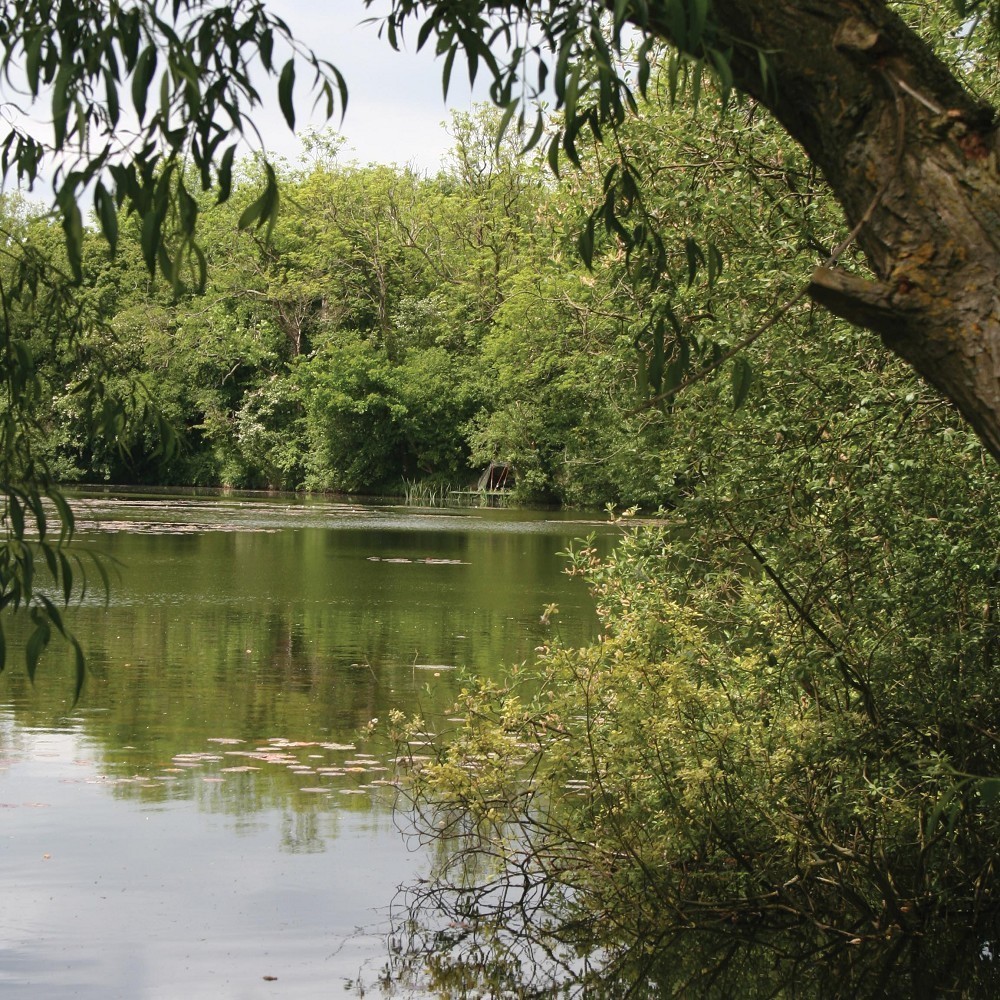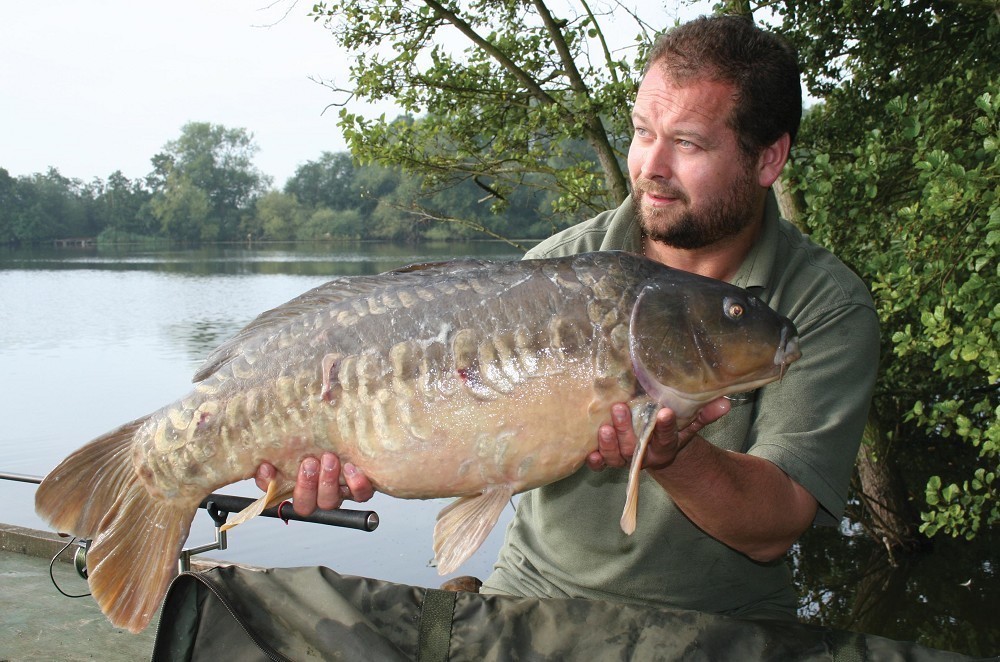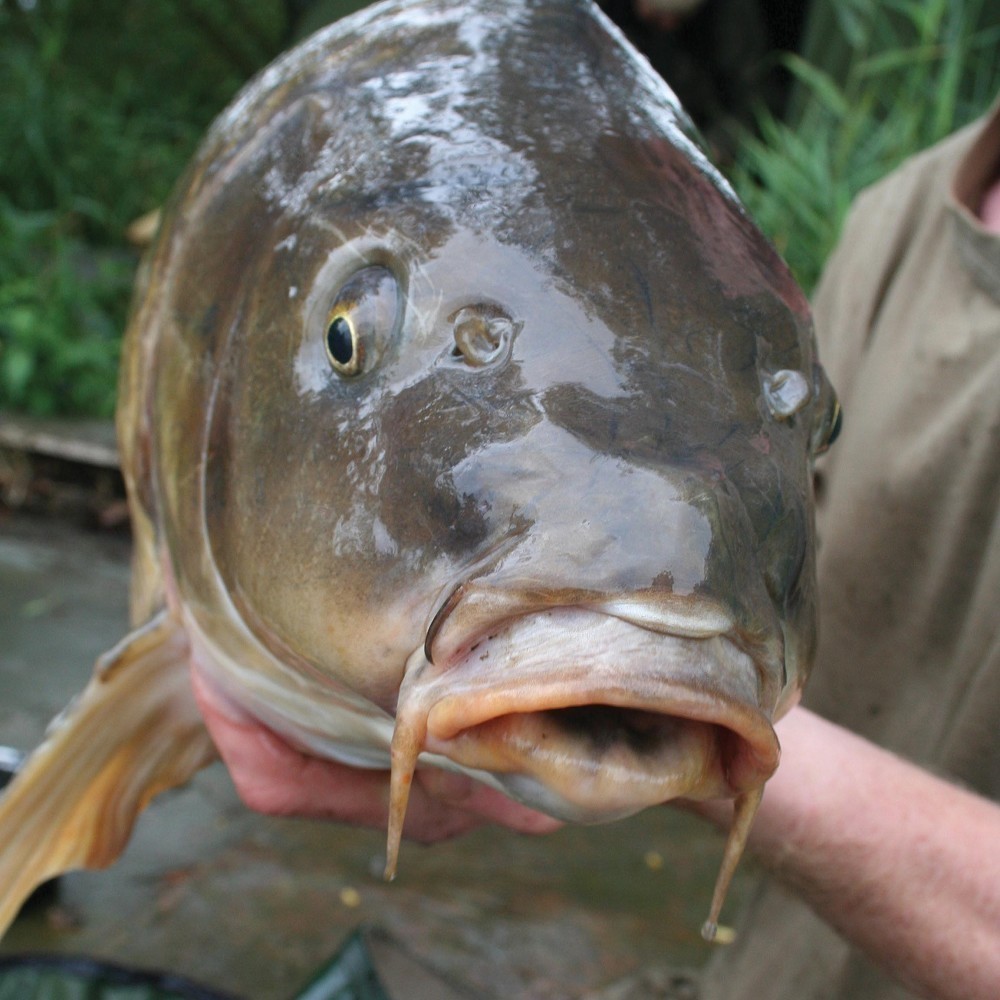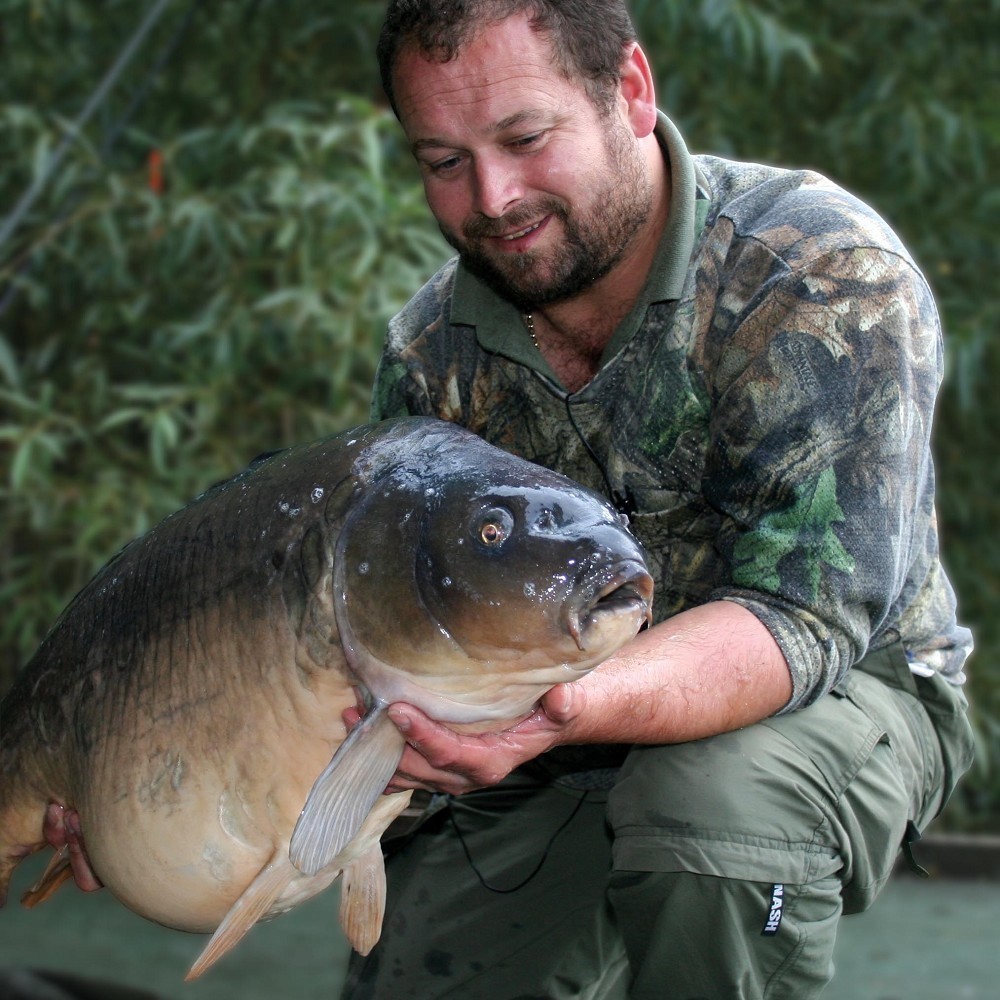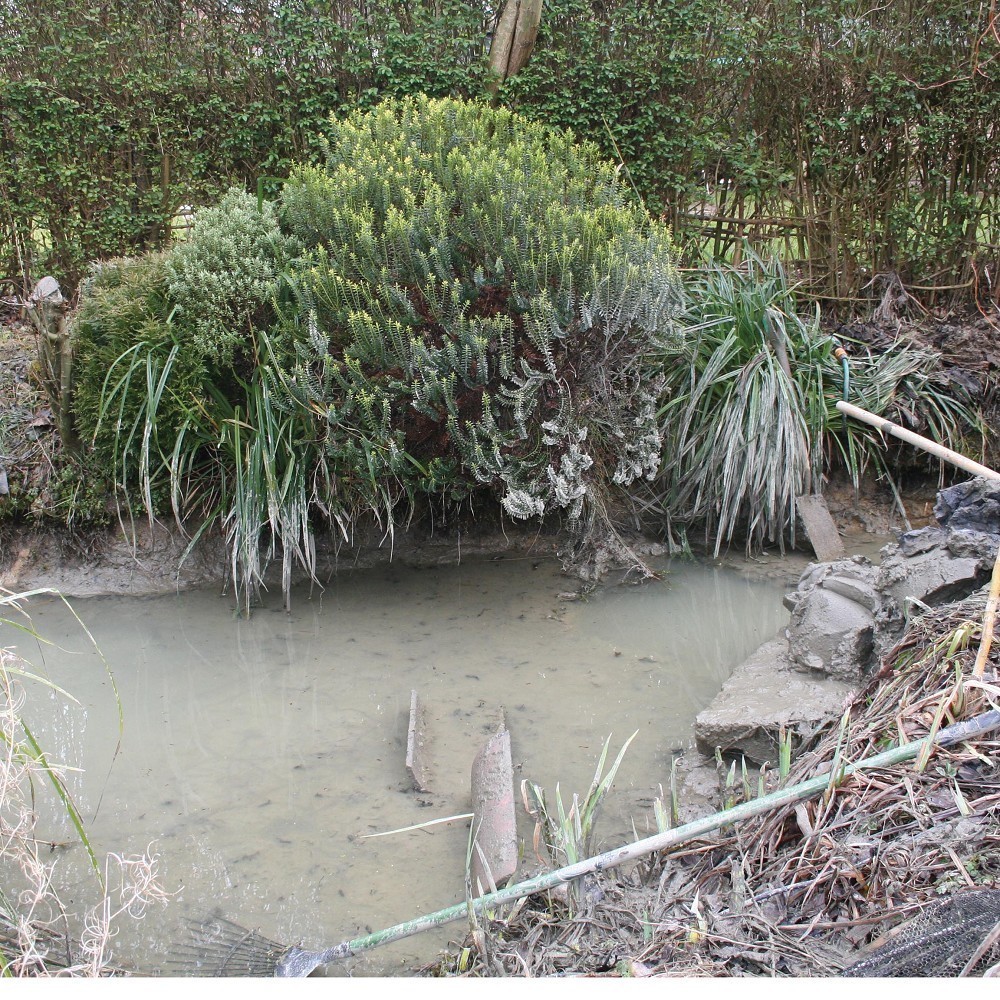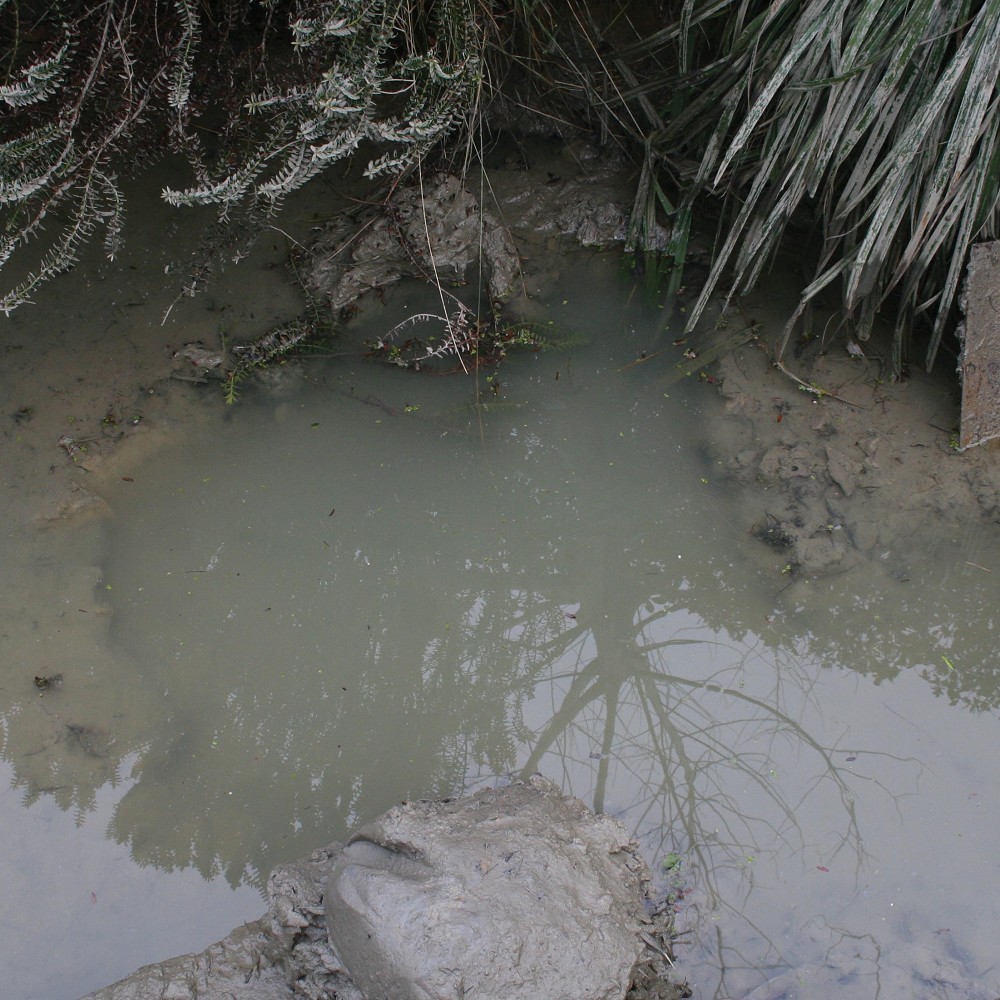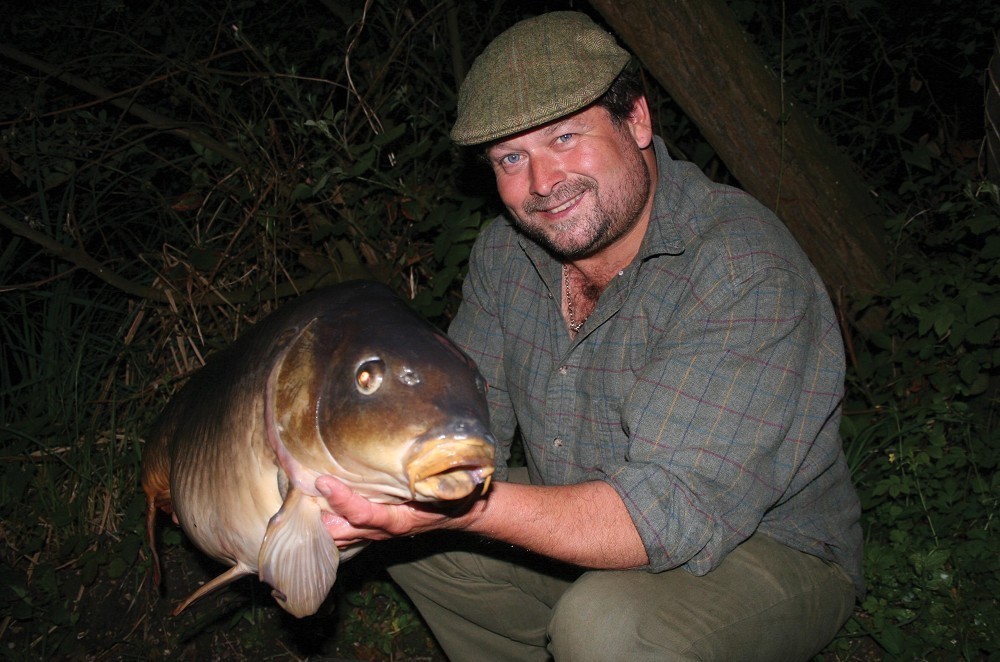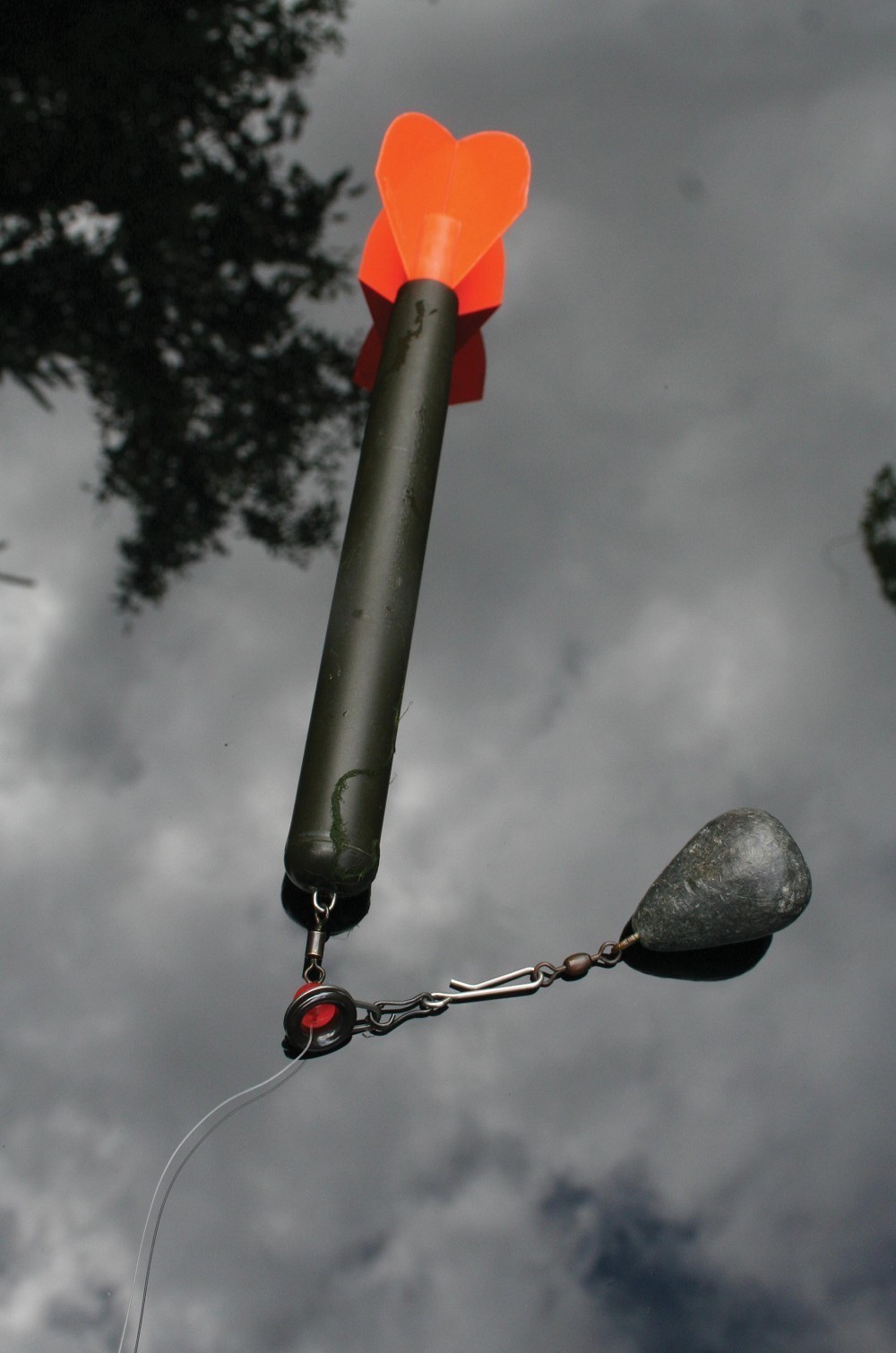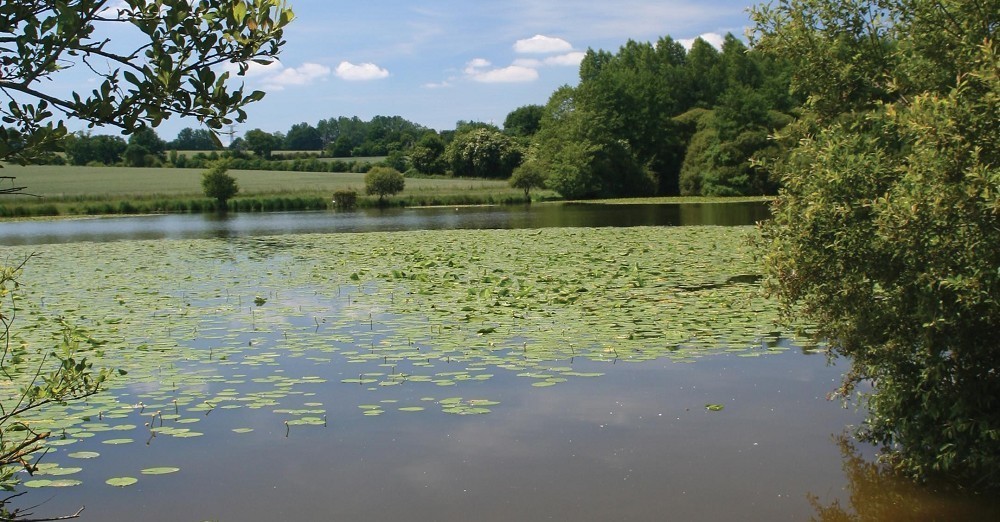
How to overcome all silt-related issues
So you can fish with confidence where the fish feed with most confidence
Love it or hate it, every lake more than a few years old will certainly contain silt and I find it interesting talking to different anglers to see how their attitudes can be so very divided on the subject. Some put themselves out to find silt whilst on the other side of the fence there are those that seem to try and avoid fishing in silt at all costs.
I guess similar can be said of weed but obviously that is a totally different subject but does indeed have many similarities, in fact, your weed will be growing most profusely from the silted areas. It isn’t always possible to avoid silt, some lakes have a total covering of silt with nothing but silt to fish upon. The infamous Mangrove Swamp in deepest darkest Shropshire is a prime example of this.
The Mangrove is a naturally formed ancient mere that has been there 1,000’s of years and you will find nothing on the lakebed other than snails, mussels and silt, albeit the odd branch that may have blown in and the occasional sunken boat (and perhaps the odd Christmas tree attached to a concrete block but that one is definitely another story for another time).
It used to amuse me when anglers new to the water would thrash the water to a foam looking for something other than silt and it certainly amused me even more when some even told me they had found a gravel strip! Then again, I guess mussel shells can feel a little like gravel – that is why some gravel bars move and suddenly are not there when you turn up one session!
The fact of the matter is that there has been so many leaves blown in and so many pads break down and die over the 1,000’s of years since the Mangrove (sorry, I am sworn to secrecy not to name it by its proper name as it is seen on maps and as I would like to think I could one day return to fish this incredible venue I will hold my word) formed there is now an incredibly deep covering of silt. The Mangrove is a relatively shallow venue but at one time it must have been quite deep to say the least and to give you an idea of the depth of the silt I will relay a little story from my first ever work party I attended there. The job I was given was to go and cut off some 18ft branches from the willows behind ‘Lightning Tree’ and then plant them around the stages in the hope that they would root and help support the stages that are constantly sinking.
I looked at 18ft ones and having looked where I had to plant then in just a couple of foot of water I decided to be clever and cut off some at around 12ft thinking they would be plenty long enough. Back at the swamp side I started to push the first of the 12ft branches into the margins in inches of water and it simply just kept going only stopping when I stopped pushing. That was when I suddenly realised why the Mangrove was affectionately called ‘The Swamp’ between the members, for that is exactly what it is, one big silty swamp!
18ft branches sunk as far as I wanted them to sink as well. Now you can see why anglers would never find gravel seams in there as any gravel would be 20ft plus below the silt but looking at the area anyway I very much doubt there is gravel down there either.
So, I guess the Mangrove is about as silty as you are going to find here in the UK so what better place to have honed my silt fishing methods?
Silt: Your best friend
Silt is formed by many different things; anything that finds its way into water will go part way to the huge ingredient list of silt. It will mostly be made up from leaves, bark, twigs and branches that have washed into the water and broken down over the years, decomposition of plant, animal, bird and fish matter, dust from the land, soil from the surrounding banks and so on. Everything that ends up in the water will eventually breakdown into tiny particles and become part of the ever growing bed of silt. Think of silt as underwater soil.
Silt is lovely stuff as far as the carp are concerned and will and does hold a lot of food for them, so it really does amaze me why some anglers seem obsessed upon finding hard clean gravel areas to fish upon. Go rummaging around in your garden and you will find a lot more natural food living amongst the soil (silt) and the plants (weed) than you will on your concrete path (gravel seam).
A lot of silt will actually have been eaten and passed through many different creatures including the carp and the breaking down process continues as this organic matter continues to be fed upon by smaller and smaller organisms until eventually if the water has a good flow through it, a lot of this will find its way into the outlet stream. If there isn’t a substantial flow then the silt is going to continue to build up over the years and will eventually replace the water. You could be surprised how quickly this can happen as well. I have very first hand experience of this with my pool in my garden at home. Despite there being several chest-deep holes, to look at it from the side it all looks like it is the same depth as the silt has slowly filled the holes and spread along the bottom. I have had to de-silt it twice in just 14 years, although I do have 20 or so trees around it.
The good and the bad
There is good silt to fish on and there is bad silt to fish on and I pay an awful lot of attention to finding ‘the best silt’. The main thing I use for this is my sense of smell. After every cast I smell my lead and anything else that may have taken on the aromas from the lakebed. The best silt to fish on usually smells very similar to the soil we find on land. The worst silt smells like rotten eggs and if I ever wind a lead back in smelling like that I don’t cast back to that spot again.
The surface of the silt is in contact obviously with oxygenated water (the stuff the fish breathe). This is broken down by various bacteria and invertebrates, the layer of silt below this is the bit that the above have done their job on and broken it down and here similar organisms will be breaking it down further. The further down you delve into the silt, the further you come away from oxygenated water so the less creatures can live there with only certain bacteria still able to continue the decomposition of the silt. Once you reach the area where there is no oxygen you invariably get a build up of sulphides which smell of rotten eggs and methane. In waters with little flow running through and large amounts of organic material (bait) being introduced the lake can end up with very little oxygen and the areas to avoid fishing (rotten egg smell) will increase.
Basically speaking, the more pleasant the silt smells the more chance of action over it as it is very much ‘alive’, still and full of goodness of all types. If you get the smelly silt then there is much less oxygen so it goes without saying that the carp are not going to want to bury their heads and feed in that because they will struggle to breathe.
I’ve heard it said that if you put enough bait in an area the carp will feed upon it regardless of the makeup of the area. Okay, eventually they may do but why make angling difficult for yourself? Why put bait where a fish doesn’t really want to feed and why on earth risk lowering the lake’s oxygen content even more by increasing the chance of introduced food not being eaten? Introducing a quantity of bait to an area the carp would choose not to feed is downright irresponsible! Once that bait is introduced there is very little in the way of said bacteria and invertebrates to start the decomposition process off.
This could get a little too heavy which isn’t really my style but believe me it will pay you handsomely for a little time taken in finding ‘the right sort of silt’ to fish. Find the right sort and you will receive a lot more action than when fishing on any of your ‘nice clean gravel areas’. This is threefold really…
1) The carp will be visiting naturally to feed anyway so no need to encourage them there.
2) Rig concealment is so much easier. Your lead will be out of sight for a start and the general make-up of silt will mean you are on a flat bottom which will slowly start to cover and conceal your line naturally.
3) You can get away with smaller leads (less casting disturbance) as they plug in well and still give the big jolt on the take.
So, as I have said above, I basically rely upon my sense of smell to find if I feel the silt is worth fishing. My marker rod always has a large Genie Clip attached which will bring back bits from the lakebed. If you are bringing living creatures back such as bloodworm etc. then the silt is obviously clean and oxygenated. No need to do much more than to fish it.
I usually fish with more than one rod on a baited spot; this helps to narrow down the ‘red hot spot’ amongst the hotspot. There will always be a tiny part of the lake that will produce far more takes than the area just a few feet away. Constantly monitoring this between rods reveals the best areas. Always keep a look out for anything such as bloodworm and the like attached to lead clips, swivels, hook points etc., and as I keep saying, always smell the lead and particularly the swivel if you leave your swivels in place as these usually come back with plenty of ‘smell’ in the barrel. If the right-hand rod smells better than the left, skip the left over to the right and see how that one comes back next cast.
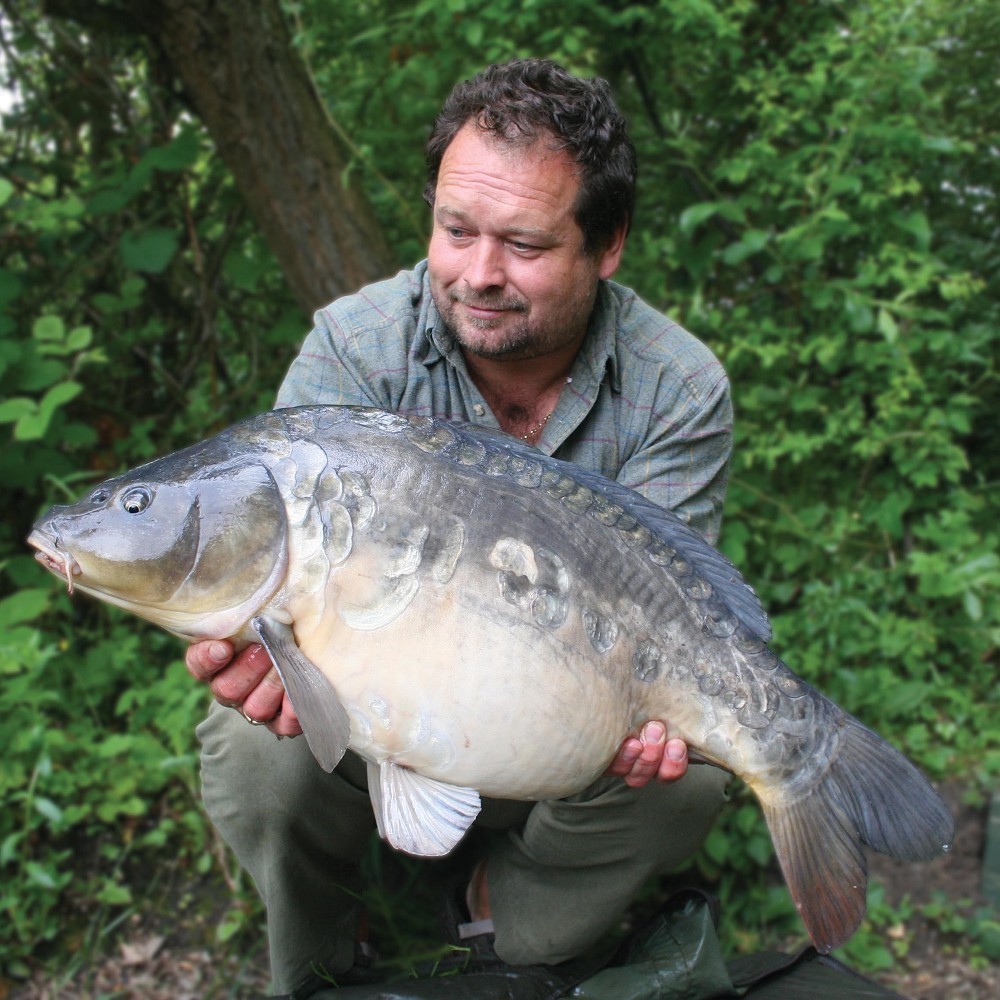 A recent capture on my first visit to the water. This was taken on baits filled with liquid and fished amongst the silt
A recent capture on my first visit to the water. This was taken on baits filled with liquid and fished amongst the siltYou will also need to experiment a little with lead sizes if you are fishing with conventional pendant leads which is my preferred way. You don’t want the lead penetrating too deep thus dragging half the hooklink into clingy sticky stuff. I like to use smaller leads than is the norm and so long as I can reach my spots I simply have a test cast with them and then carefully pull back to see if they are plugging in at all. As soon as I have found the size that ‘just plugs’ then I am happy using that.
Some carp food tricks
Most of the time when fishing on silt your baits will come back smelling of silt. This is something that puts a lot of anglers off fishing over or perhaps I should say in it. The carp will still find your baits, they find natural food in silt and try as I might I can’t smell snails, bloodworm and the rest of the bottom dwellers when I try, but the carp still find them easily enough.
It is this taking on the smell of the bait that really got me thinking about filling boilies with liquid before using them. This is something that a lot of anglers constantly get mixed up with ‘washing baits out’ which is not what I do.
I thought long and hard about how I could make my bait (boilies) as attractive as possible when I first joined the Mangrove. Although I had fished silty waters in the past, never had I fished one as old as the Mangrove and as is the case each year when new members join (although I haven’t been a member there for years now) I still get e-mails each year asking how to combat the silt. The silt worried me a little when I first joined. Every bait I wound in I could smell the silt, not necessarily bad silt but silt nonetheless and it dawned upon me that every boilie made has undergone a certain amount of drying (shrinking) after being made so once introduced into the pool they would naturally soak up whatever they were sat in until they had totally re-hydrated (swelled up as much as they could).
If I could get the baits to drink in a liquid before I introduced them then they would be less likely to take on more liquid once in there. Well, this was to totally turn my angling and my results around. I was using a lot of hemp at the time so started to use the excess juice from my cooked hemp to sit my boilies in so I was not only re-hydrating them to the max but was also adding an incredibly effective ingredient that is difficult to add during the mixing stage due to rolling difficulties.
So, if you want your baits to take on less of the silt smell and taste then simply give them a drink before you fire them out into the lake. This is a massive subject in its own right and I haven’t the space to cover it in the depth it deserves here. But, for those who want to look closer at this, I have written 8,000 words on bait for the soon-to-be-released (this autumn/winter) British Carp Study Group book and a big part of it is devoted to this very subject.
One thing I will say though, is not to do as most seem to and confuse up re-hydrating bait with washing-out bait. They are two very different scenarios. In my re-hydration methods I am actually introducing more to a boilie, not washing out what is already there.
Some boilies appear to work in silt much better than other ones but it is really difficult to draw the line under this one and say one type in particular is so much better than another as the additives used in a bait can make so much difference. I never used to like using loose textured, high leakage birdfood-based baits in silt, neither did I ever seem to do so well using sweet baits in silt, but if you fill them with another liquid first then they will produce exceptionally well. The best thing is to always have a couple of different baits on the go so as to be able to alternate between both.
I have seen it so many times before where certain fish in a lake can be highly triggered by some baits and not others where as other fish in the same lake will react to the reverse. It always pays to have a different option available, even if you only fish that other option as an alternative hookbait.
I will end this piece with something to think about regarding bait. Have you ever noticed that most of your takes come on something other than what you are feeding? Be it a bait topped off with something else or a totally different flavour fished over the top of your freebies? It could be you are catching well but the fish don’t particularly care for the free bait you are offering. Until you start catching regularly on a bog-standard bottom bait out of the same bucket as you are feeding them from, can you be sure they like your bait?





